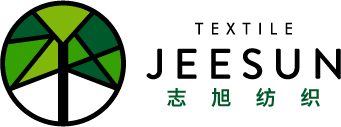The sophistication of satin silk shirts instantly elevates your commute outfit to another level.
Release time:
2022-08-17
Source:
When people mention silk, they often say it's high-end. So why does silk seem 'expensive' (and why is it really expensive)?
There are many classifications of silk, generally referring to silk from silkworms. It is a natural protein fiber that contains 18 amino acids beneficial to the human body, which makes it particularly skin-friendly and 'nourishing'.
However, natural silk does have the 'disadvantages' of being expensive and difficult to care for, which led to the emergence of acetate fabric in the fashion industry. It is made from acetate fibers (a type of synthetic fiber produced through the esterification of acetate and cellulose) and is known for its ability to 'mimic' silk fibers, with similar softness, luster, and comfort.
Many fashion brands prefer to use acetate silk fabric instead of natural silk to create garments that are similar in appearance but beautiful and easy to care for, and truly good acetate fabric may not be much cheaper than silk.


